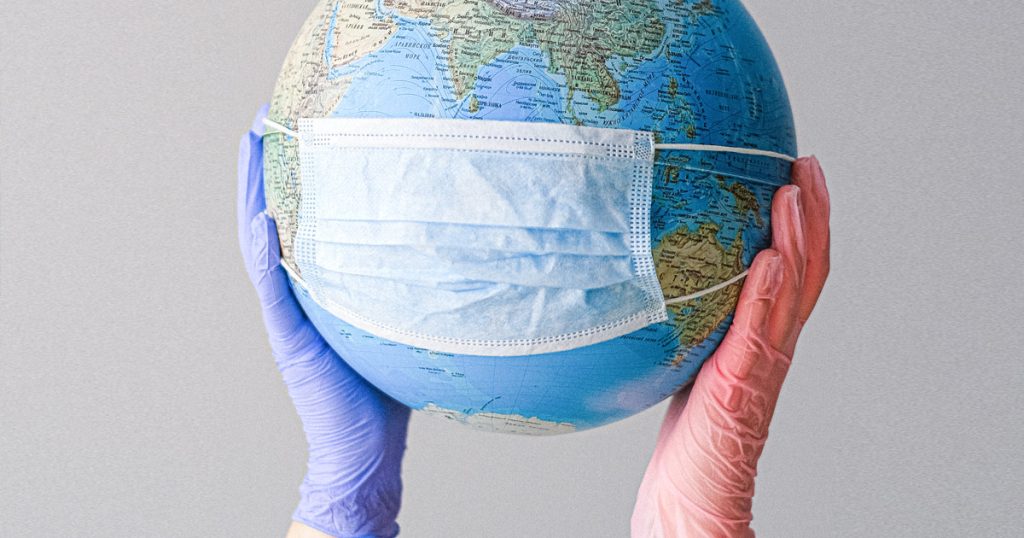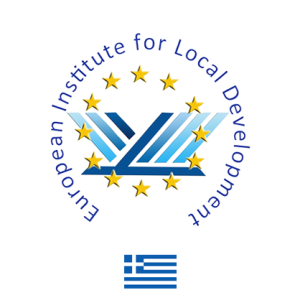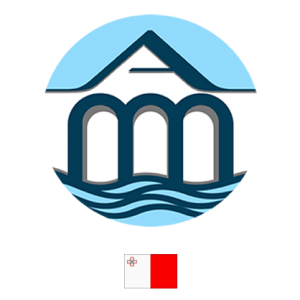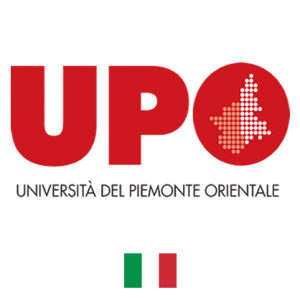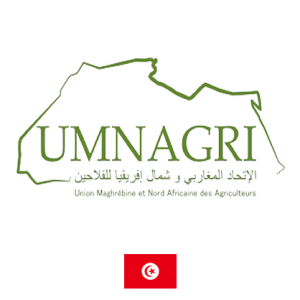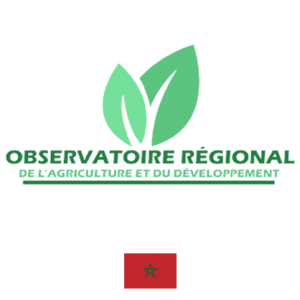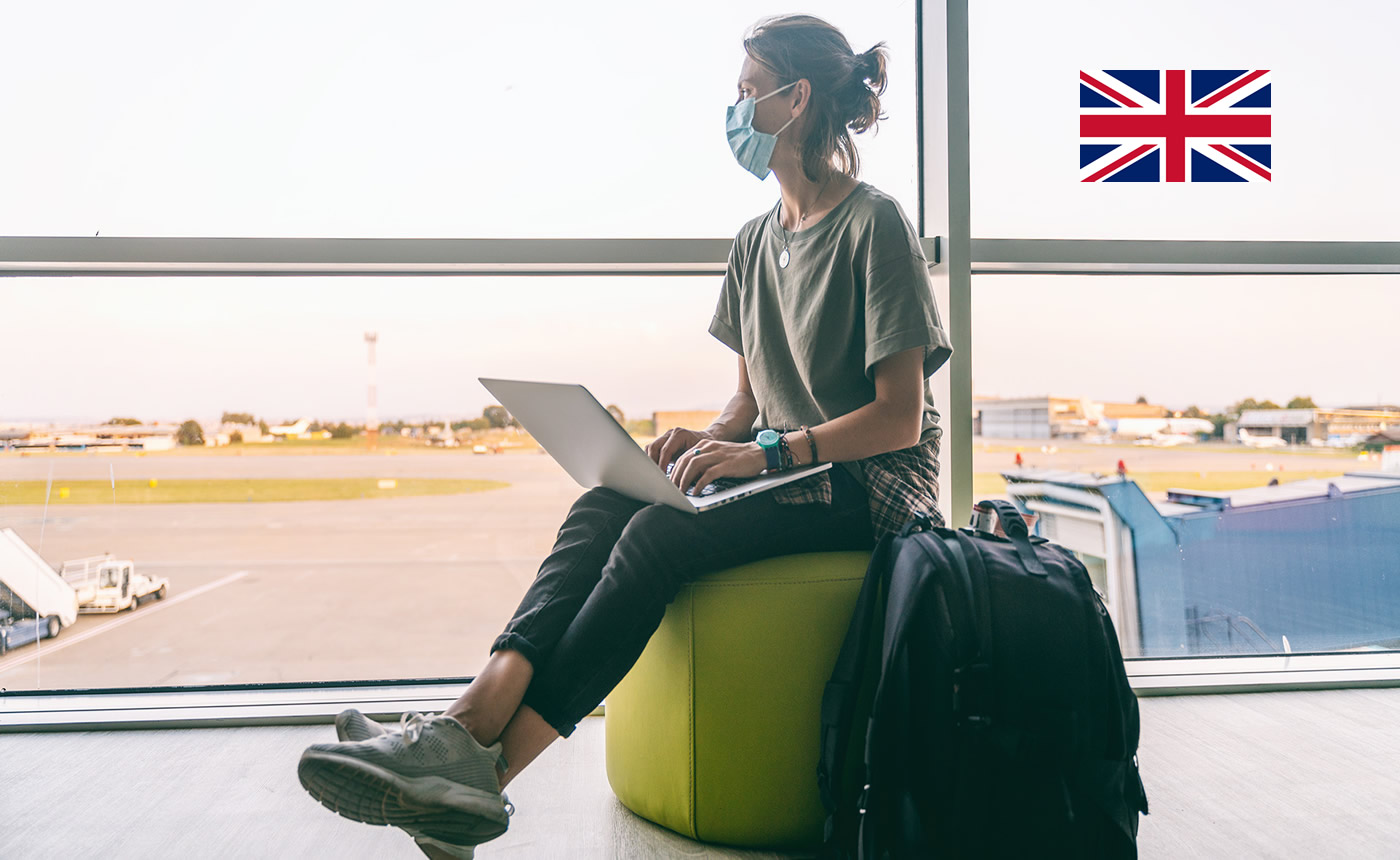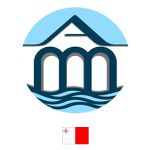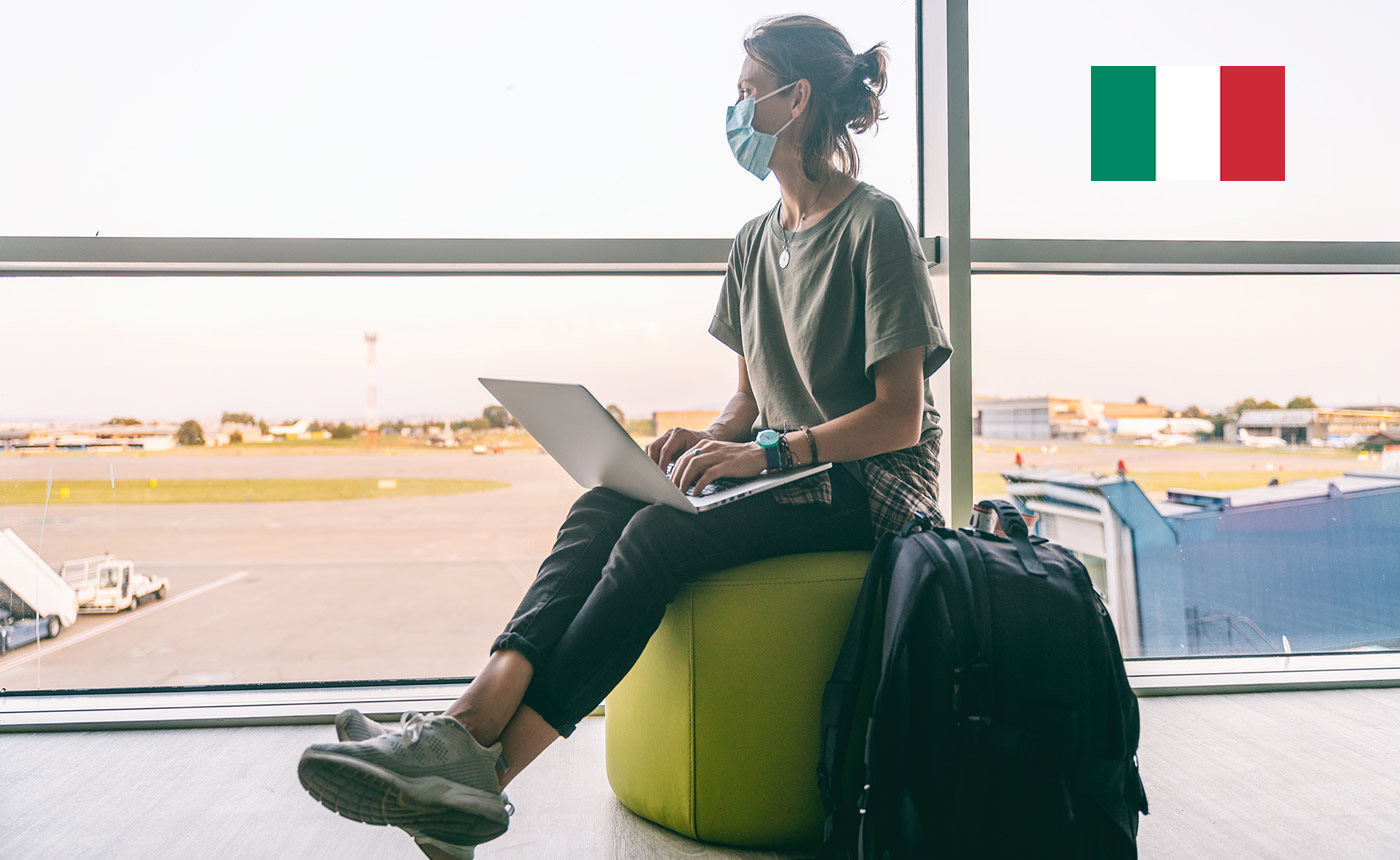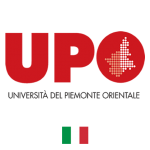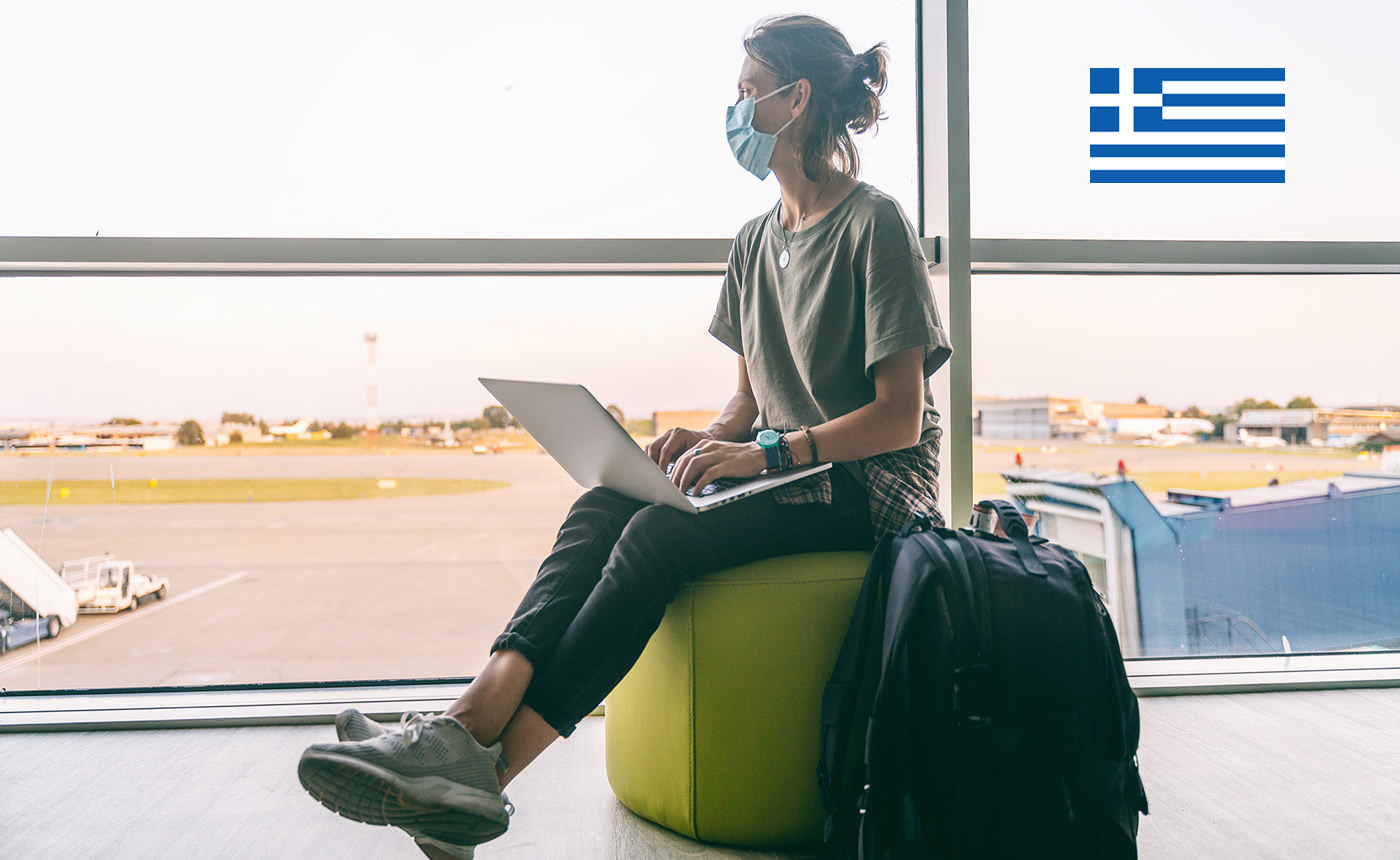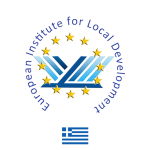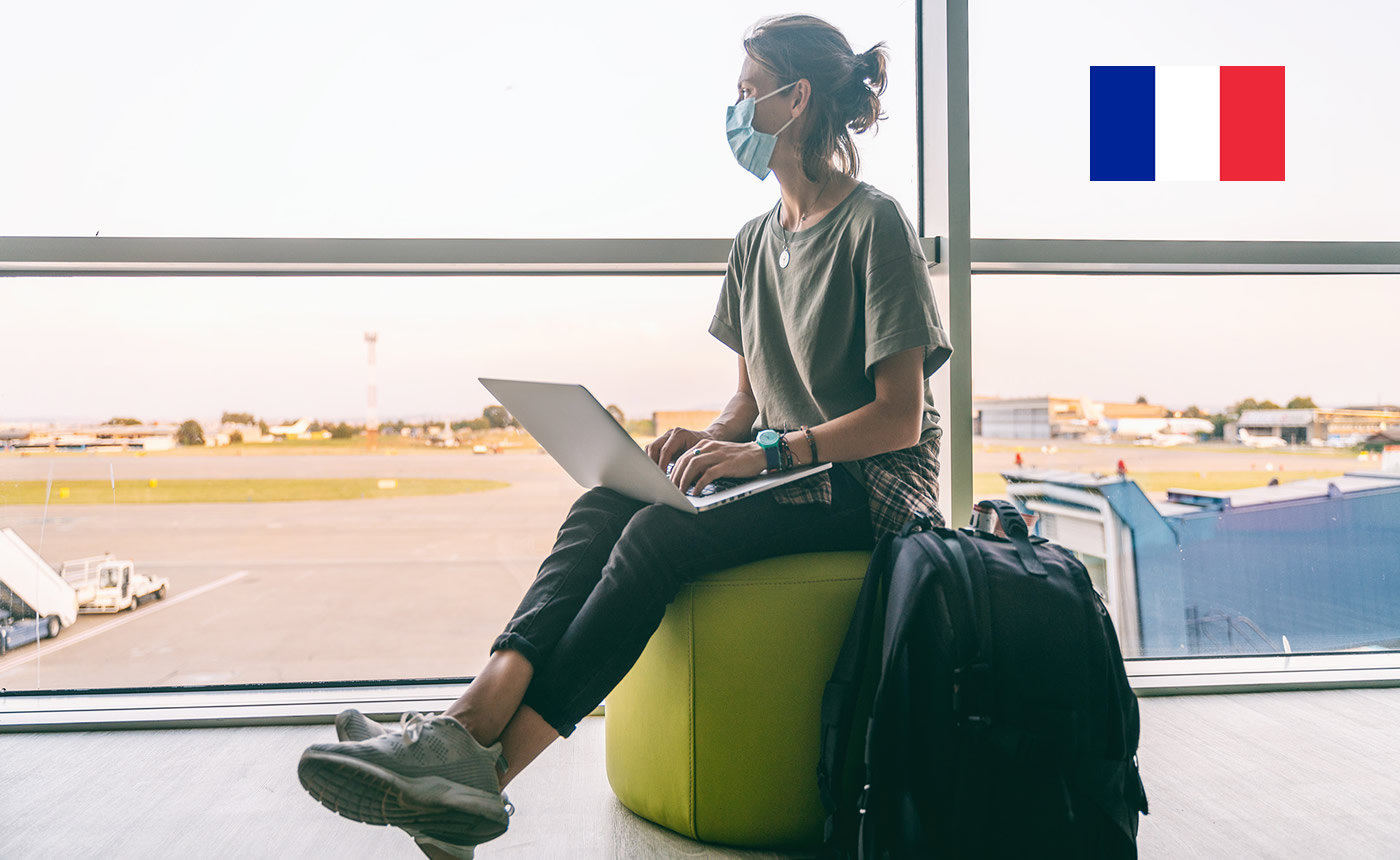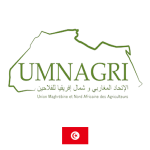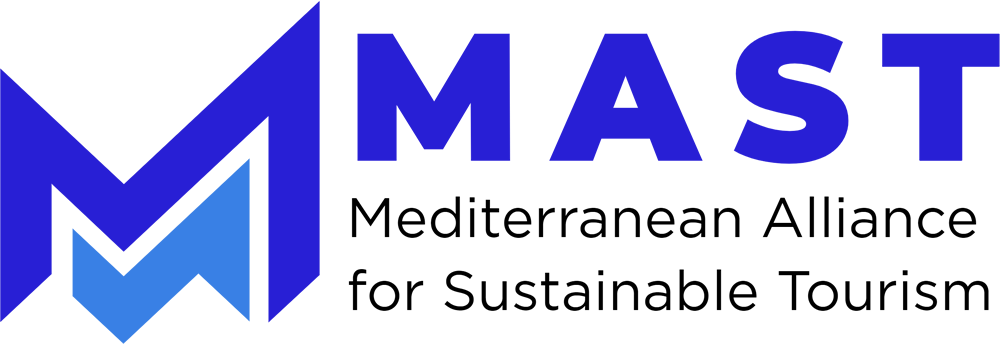Tourism provides livelihoods for millions of people and allows billions more to appreciate their own and different cultures as well as the natural world. For some countries, it may account for more than 20% of their GDP and, overall, is the third largest export sector of the world economy.
Tourism is one of the sectors most affected by the COVID-19 pandemic, affecting economies, livelihoods, public services and opportunities on all continents. While maintaining sector-dependent livelihoods must be a priority, tourism reconstruction is also an opportunity for transformation with a focus on harnessing the impact on the destinations visited and creating more resilient communities and businesses through innovation, digitization, sustainability and partnerships (UN Sustainable Development Group, 2020).
The pandemic has shifted the focus of travel and tourism worldwide, and concepts such as resilience,
rebirth, community, sustainability and responsibility have gained more weight and are gaining the attention of policymakers (DestiMED PLUS Project report card 1, 2021).
According to 2019 data, tourism accounted for 7% of world trade, employed one in ten people worldwide and – through a complex value chain of interconnected industries – provided a livelihood for millions of people in developed and developing countries.
As borders closed, hotels closed and air travel dropped dramatically, international tourist arrivals fell by 56% and $ 320 billion in tourism exports were lost in the first five months of 2021 – more than three times the losses during 2009 global financial crisis Governments are struggling to make up for lost revenue needed to finance public services, including social and environmental protection, and meet debt repayment schedules.
Scenarios for the industry show that the number of international tourists could decrease by 58% to 78% in 2020, which would translate into a reduction in visitor spending from $ 1.5 trillion in 2019 to $ 310 billion to $ 570 billion in 2020 This exceeds 100 million direct tourist destinations at risk, many of them in micro, small and medium-sized enterprises (SMEs) that employ a high percentage of women and young people. Informal workers are the most vulnerable.
No country has escaped the decimation of its tourism sector, from Italy where tourism accounts for 6% of the country’s GDP to Palau where it produces almost 90% of total exports.
This crisis is a major shock to developed economies and an emergency for the most vulnerable people and developing countries. The impact on small island developing countries (SIDS), less developed countries (LDCs) and many African nations is worrying. In Africa, the sector accounted for 10% of total exports in 2019 (UN Sustainable Development Group, 2020).
The COVID-19 crisis is a critical moment in aligning efforts to conserve tourism-dependent livelihoods with the Sustainable Development Goals and to ensure a more sustainable, inclusive, carbon-neutral and efficient future.
Harnessing innovation and digitalization, embracing local values, and creating decent jobs for all, especially for youth, women and the most vulnerable groups in our societies, could be front and center in tourism’s recovery. To that end, the sector needs to advance efforts to build a new model that promotes partnerships, places host people at the center of development, advances evidence-based policies and carbon neutral investment and operations (UN Sustainable Development Group, 2020).
Below you can download project’s results with a State of Art Analysis for the post – covid tourism era and KPIs for tourism in the Mediterranean.

